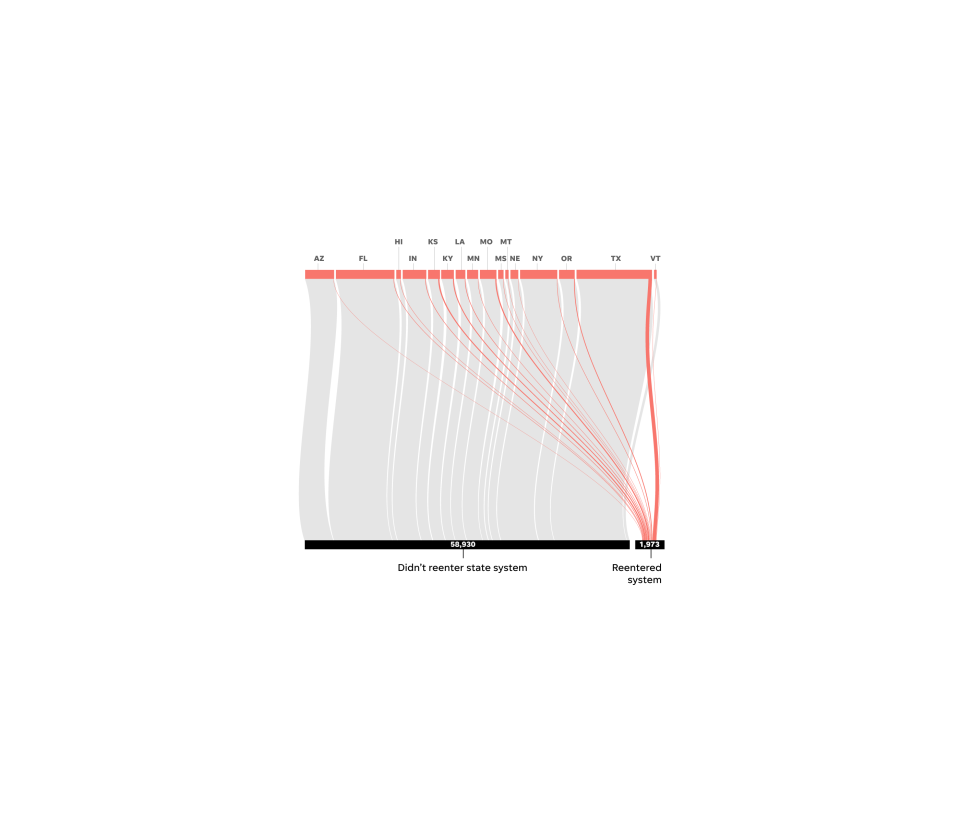Uncovering broken adoptions: How USA TODAY did its analysis
To identify more than 66,000 children whose adoptions failed, USA TODAY scoured a massive database designed to track every child in America who passes through foster care.
The Adoption and Foster Care Analysis and Reporting System, started in 1993, contains data that states submit twice a year. USA TODAY entered a data-sharing agreement promising to ensure the security and confidentiality of the data. Reporters reviewed the records of 3.4 million children who spent time in foster care from 2008 to 2020.
A key feature of the AFCARS database is the clues it holds to a child's past.
When child welfare workers remove kids from home and place them in foster care, states are supposed to note whether they were previously adopted. That offers a potential window to see children whose adoptions failed.
But USA TODAY found errors or blank spots where this information should be recorded. The adoption flag was consistently missing or marked as “unable to determine” in the records of more than 400,000 kids served by the child welfare system from 2008 to 2020. Reporters found that Washington listed some children as previously adopted when they were not.
Because the data appeared so messy, reporters took a conservative approach to avoid over-counting. They eliminated, for example, cases where a child was listed as previously adopted in one year and not previously adopted the next, as well as children who were only marked previously adopted in the year that they left foster care.
USA TODAY's count also missed any children not listed in AFCARS because they didn't end up in foster care. When adoptions fail, children may informally move in with other families or friends, be privately readopted, return to their birth countries or find themselves homeless.
Despite these shortcomings, the data made it possible to compare the foster children from failed adoptions to other children in the foster system. This provided a rough sense of what set them apart.
USA TODAY's analysis also sought to identify factors that predicted one adoption was more likely to fail than another. For that, reporters created what social scientists describe as a longitudinal sample from the data.
States report to AFCARS a unique identification number for children in foster care that is supposed to stay with them over time. In some cases, this can enable researchers to see children's characteristics and the detailed circumstances of all of their placements, from birth family, to foster family, to adoptive family and back to foster care.
A 2020 study submitted to the U.S. Administration for Children and Families found that 16 states submit data to AFCARS in this way: Arizona, Florida, Kansas, Kentucky, Hawaii, Indiana, Louisiana, Minnesota, Mississippi, Missouri, Montana, Nebraska, New York, Oregon, Texas and Vermont.

USA TODAY used AFCARS to isolate a cohort of 60,890 children adopted out of foster care in these states from 2008 to 2010. Of those, 1,973 had shown up back in the child welfare system by 2020, a count that does not capture kids whose adoptions may have failed after their families moved to another state.
Using a statistical model known as a Cox proportional hazards regression, reporters examined risk factors such as children's race, age and mental health status. The statistical model removed any child once they reached age 18, when a return to foster care typically is no longer an option.
Being Black, being older at adoption, or having been diagnosed with a mental health condition all were linked to statistically significant higher odds of returning to foster care.
For a detailed look at the code used in this analysis, visit USA TODAY's repository for the project on GitHub.
More in this series
‘A broken system’ leaves tens of thousands of adoptees without families, homes
This article originally appeared on USA TODAY: How USA TODAY found foster children who suffered broken adoptions

 money
money 